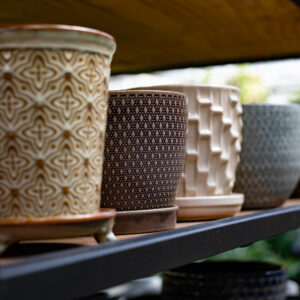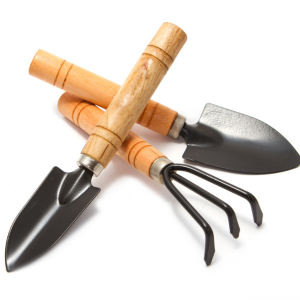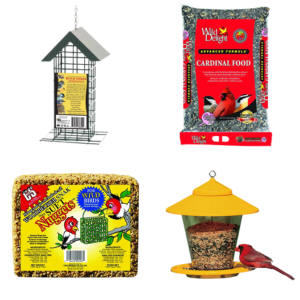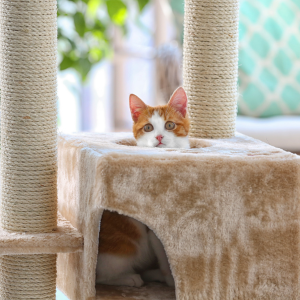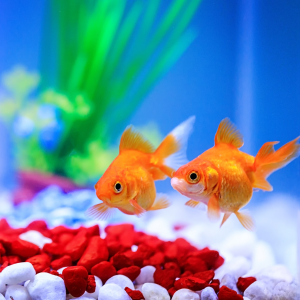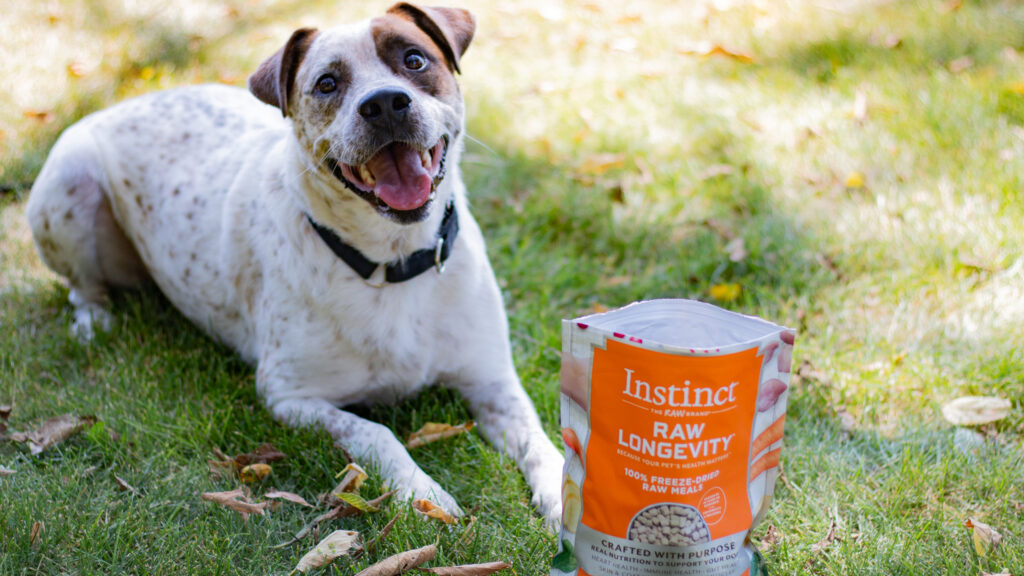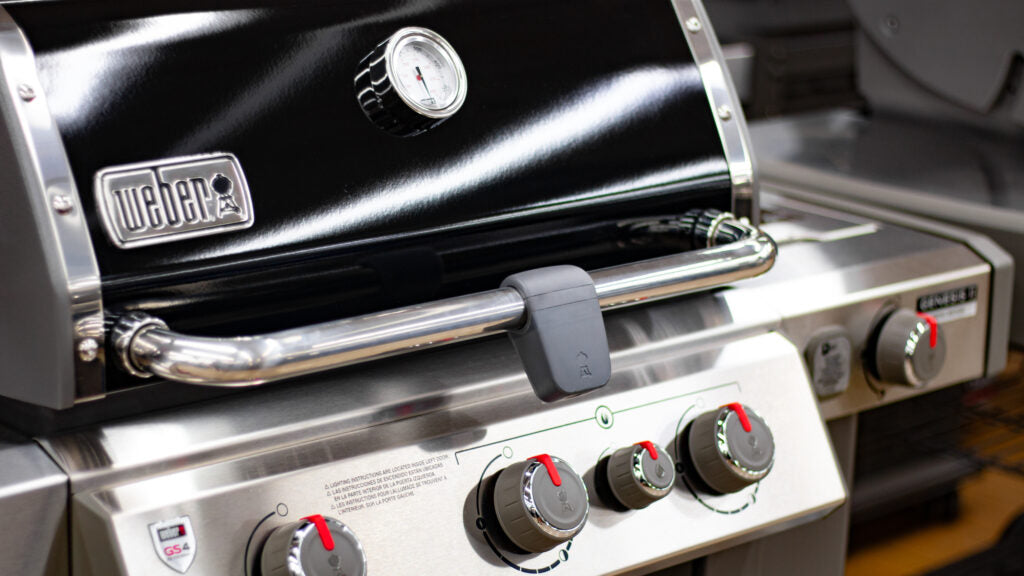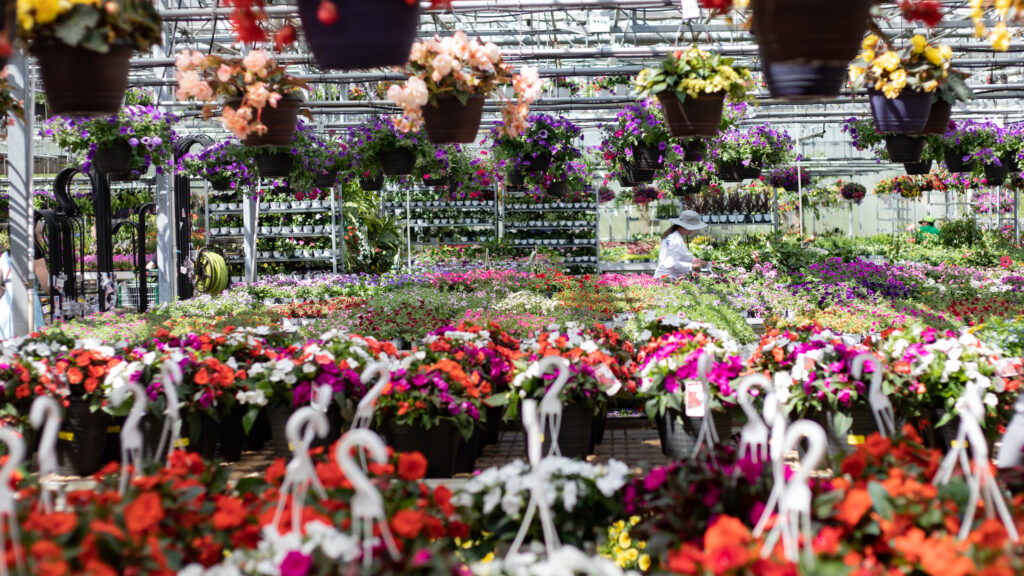Understanding Hydrangeas
At Alsip Home & Nursery, we know hydrangeas are a garden favorite—and with good reason! While there are over 50 species around the world, North American gardeners usually grow six main types. Each type has its own personality, bloom style, and care routine, so knowing what’s in your landscape helps you grow with confidence.
Which Hydrangea Do You Have in Your Garden?
Big Leaf Hydrangea
(Hydrangea macrophylla)
Signature globe or lacecap blooms in pink, red, purple, or blue
Glossy green foliage adds extra garden appeal
Blooms on old wood – avoid pruning, and consider winter protection in colder zones
Thrives in full sun to part shade
Often called florist's hydrangea, mophead, or hortensia

Climbing Hydrangea
(Hydrangea petiolaris and Hydrangea hydrangeoides)
Unique white, disc-shaped blooms; perfect for vertical interest
Needs sturdy support to climb—think fences, pergolas, or tree trunks
Blooms on old wood – no pruning necessary
Prefers partial shade

Mountain Hydrangea
(Hydrangea serrata)
Delicate, disc-shaped blooms in pink, red, purple, or blue
Similar to bigleaf but hardier and more compact
Blooms on old wood – avoid pruning
Grows best in full sun to part shade

Oakleaf Hydrangea
(Hydrangea quercifolia)
Striking cone-shaped white blooms and bold, oak-shaped leaves
Brilliant fall color adds seasonal interest
Blooms on old wood – minimal pruning needed
Performs well in sun to partial shade

Panicle Hydrangea
(Hydrangea paniculata)
Cone-shaped blooms open white and age to pink or red
Blooms on new wood – prune in late winter or early spring
Full sun to part shade, one of the most sun-loving hydrangeas
Sometimes called PeeGee hydrangea

Smooth Hydrangea
(Hydrangea arborescens)
Rounded blooms in white, pink, or light green
Blooms on new wood – prune annually in late winter or early spring
Full sun to part shade
Best known variety: ‘Annabelle’

Can You Change the Color of Your Hydrangea?
Some hydrangeas are color-shifting champs—but only bigleaf and mountain types offer this magical transformation. The secret isn't just soil pH—it's the presence of aluminum that makes the difference!
Not all hydrangeas are color-flexible. For example, varieties like Cityline® Paris (deep red) and Fairytrail Bride® (white) stay true to their color, no matter the soil.
Changing pink to blue is easier than the reverse. A soil test is your best first step before adding any soil amendments.
Don’t believe the myths—throwing nails, pennies, coffee grounds, or foil in the soil won’t change bloom color.
Why Isn't My Hydrangea Blooming?
Check out this nifty chart provided by Proven Winners to help you troubleshoot possible reasons as to why your hydrangea isn't blooming.

Alsip's Top Tips for Hydrangea Success
Plant smart : Choose soil that is moist but drains well—hydrangeas hate “wet feet.” Contrary to popular belief, they don’t require acidic soil and can adapt to a variety of pH levels.
Give them light : Morning sun with afternoon shade is ideal. Most hydrangeas enjoy at least 4 hours of sun daily. Panicle hydrangeas are especially sun-hardy and can handle full sun in northern gardens.
Keep them hydrated : Shallow roots dry out fast! Water deeply and consistently, especially in their first year. Mulch with 2–3 inches of shredded bark to retain moisture and regulate soil temperature.


